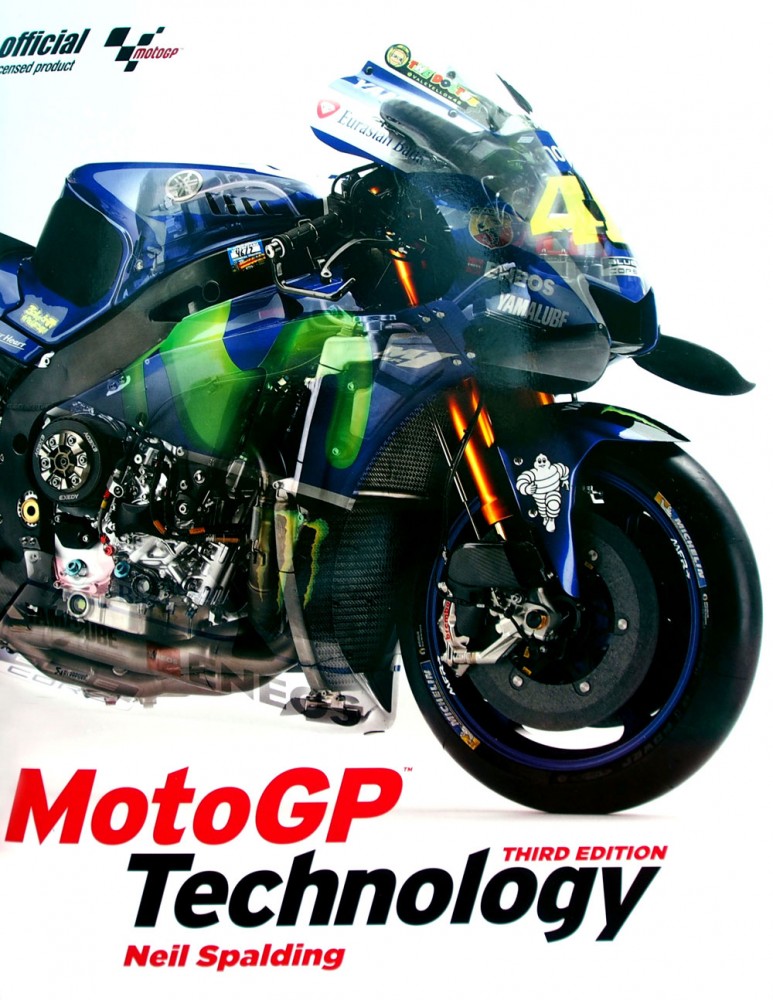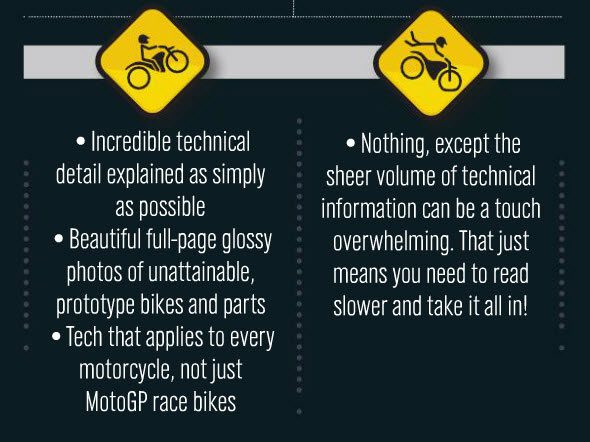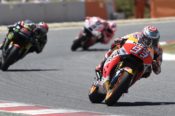MotoGP Technology Third Edition | PRODUCT REVIEW–If you’ve ever wanted to know anything—anything at all—on the technologies behind world’s greatest motorcycles, this is the book you need to own.

MotoGP Technology Third Edition | PRODUCT REVIEW
This book comes from the foremost authority of all things MotoGP tech, Neil Spalding. It covers everything from the beginning of the four-stroke era in 2002 when the grid was filled with everything from inline triples to V5s, right up to the present day of 1000cc four-cylinder engines.
An official MotoGP product, which means unfiltered access to the racing paddock and everything contained in it, this 304-page volume is a book for the diehard MotoGP fans. MotoGP racing is about finding those minuscule tenths of seconds around a racetrack. This book charts each team’s quest through the years to produce not only the world’s fastest racing motorcycles but to pioneer various technologies that have filtered down to production motorcycles.
Filled with glorious glossy tech images of stripped down bikes like Loris Capirossi’s fearsome Ducati Desmosedici GP3; Valentino Rossi’s various Yamaha YZR-M1s in addition to long gone bikes like the Ilmor X3 (the first 800cc machine ever to score points in 2006) and the Team Roberts KTMs, Protons and Hondas. This book as a feast for the reader’s eyes as much as their brains.

List Price: $53
Standout Feature: Mind-blowing MotoGP tech explained in layman’s terms
Reader Analysis
Indeed, I have always loved Neil Spalding’s writing style. Neil can take the most complex information, such as explaining the intricacies of chassis flex or fluid dynamics or chatter, and distill it into bite-sized pockets of information that are both informative and entertaining. It’s a skill very few technical writers possess.
MotoGP Technology Third Edition is Neil’s life’s work. It is a staggering volume of absolutely everything you could possibly want to know about the world’s fastest race bikes.
The lessons learned in the book don’t just apply to MotoGP. Subjects like how a motorcycle changes geometry under braking and acceleration, or how different engine layouts/combustion timing cycles affect handling, are lessons everyone who is interested in how a motorcycle works needs to know.
The sheer detail of the tech can be overwhelming, even if you’re a die-hard MotoGP fan like me. It may take you twice the time it should to read a 300-page book.
The reason this is so is because Neil has left absolutely nothing on the table when compiling his work. It’s a book that will serve the reader for years because it covers 16 years—2002-2017—of racing at the highest level.
If you love MotoGP, this is a book that must reside in your home library.
Click here to read this in the Cycle News Digital Edition Magazine.
Click here for more New Products on Cycle News.

